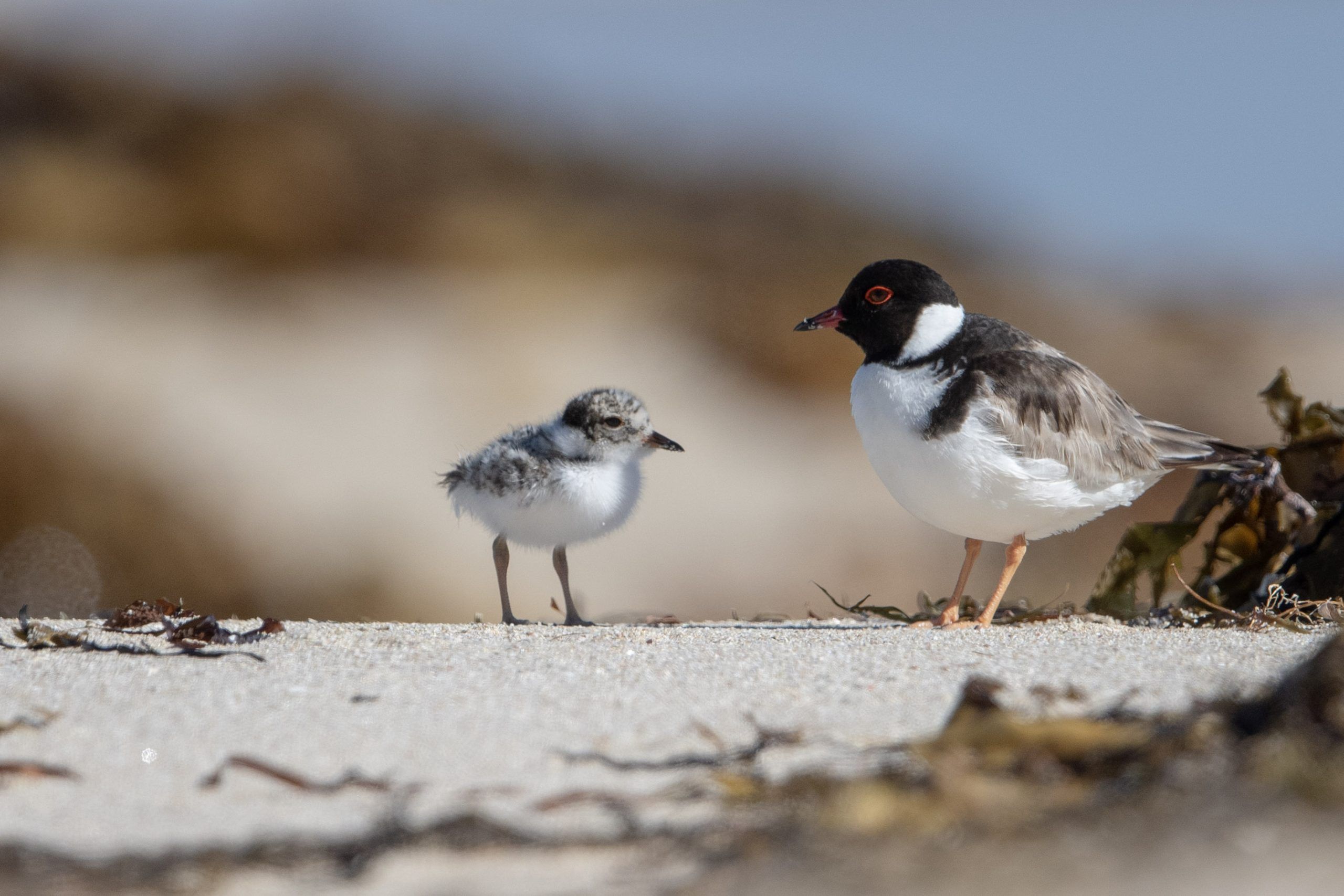Catching a glimpse of the Margaret River Region’s wildlife is truly something special. From elusive marsupials and shy slithering reptiles to the sweeping rays and dolphins that swim close to the shores, the wildlife in this region is unique and varied. But more and more of these remarkable creatures are dangerously dwindling, with many at critically endangered levels. We’ve spoken to wildlife experts to learn more about these animals and what we can do to help protect them while holidaying.

SWIMMING & SWEEPING
Whales are another majestic ocean animal in need of our protection. Their populations were seriously reduced by whaling, especially during the 20th Century. Director of Western Whale Research, Chris Burton, says southern rights were hit the hardest because of their slow movement. They’re now classed as endangered almost everywhere, and recovery is slow.
“They’re very inquisitive and would literally come up to a boat, then, that’s it,” he says.
“They actually floated when they were killed, which facilitated the extraction of blubber for oil.”

“I remember [photographing] one that really blew my mind,” he says.
“I was monitoring whales aboard a small boat in Eagle Bay in 1996, and photographed a female southern right with her little calf. Last year while going through the catalogue I saw this image and thought, I think I’ve seen this before!”

“We might see a mum every day, then all of a sudden we see jet skis or boats speeding through, and you can actually see the whales change direction and behaviours,” Chris says.
“And they might just leave and not come back.”
Chris says that when whales don’t feel threatened, they’re more likely to engage.
FLYING & NESTING
General Manager of Nature Conservation Margaret River Region, Drew McKenzie, says hooded plovers usually nest in a simple scrape of sand on the beach, just above the high tide mark.
“This nesting habit makes them particularly vulnerable to a range of threats, including four-wheel drives, dogs, feral cats, foxes, simple foot traffic and modified dune systems,” he says.
“Only around 11 pairs of hoodies are known to nest and raise their young on beaches between Cape Naturaliste and Cape Leeuwin.”

Christine Wilder formed BirdLife WA’s Cape to Cape Bird Group in 2005. BirdLife Australia, alongside state and local governments, have been protecting the Hooded Plover along the coast of the capes region.
This work has involved hundreds of local volunteers and through more recent programs with Parks and Wildlife during the beach nesting-birds breeding season.
“When the hoodies are nesting, fencing and signage is erected to alert beachgoers to the vulnerability of this endangered species. Beachgoers can assist by moving quickly past nest sites, walk close to the tideline to avoid disturbance, and put their dogs on lead.” says Christine.
SLITHERING & CRAWLING
Discover Deadly is another incredible organisation committed to educating visitors about native animals in the region. Co-owner and manager, Becca Bolton, says there are a few non-venomous slithery friends that need conservation help, like the woma python, which was listed as endangered in 1996.
“Two of the main ones are being mistaken as venomous so are sadly killed, and intensive agriculture practices destroy their habitat,” she says.
“This species used to be seen in the South West, but there have been no recordings of live individuals for many years.”
The non-venomous south west carpet python is now the only python species in the region. They can grow up to 3m, and Becca says they take delight in telling locals they probably have one in their roof without even realising.

“But that’s a good thing as they are less likely to have a problem with rats and mice.”
Becca says the illegal export of reptiles is probably the biggest threat to their existence, as animals are taken from the wild then transported out of the country into the illegal pet trade.
Reporting suspicious behaviour is the best way to thwart the efforts of illegal reptile traders.
“We can do our bit to help reptiles in the wild too,” Becca says.
“By gardening with care, not using baits and leaving them alone when we come across them.”
NOCTURNAL & HIDING
The western ringtail possum is a smallish possum found only in the South Western Australia, and is also a critically endangered species.
Destruction of the forests they call home, predators such as foxes, domestic cats and dogs and road strike are responsible for the possum’s decline, and only 5,000-8,000 Western Ringtail Possums are estimated to remain in the wild.
“Domestic dogs and cats have a huge impact on the local possums. Even a harmless scratch from a cat can kill a possum quickly from infection.”
A dog barking can cause a possum to fall, and if the dog then picks up and plays with the possum, it can be enough to kill it from fright. According to Nicole Lincoln from GeoCatch, keeping your pets secure at night is a big help.
Following the Margaret River bushfires in 2011, the owners of Passel Estate have built a dedicated bushland wildlife sanctuary for possums as well as to quendas, phascogales and white- and red-tailed black cockatoos.
Wendy and Barry have since installed two soft-release enclosures alongside the creek line, to enable the successful rehabilitation of more western ringtail possums at the estate, working alongside local conservation groups.
A sizeable portion of the proceeds of each Nature & Wine Walk at Passel Estate goes directly towards further conservation efforts.

If you’d like to discover and learn more about the incredible native creatures of the South West, plan a visit to one of the many wildlife conservation centres doing amazing work in the region.
